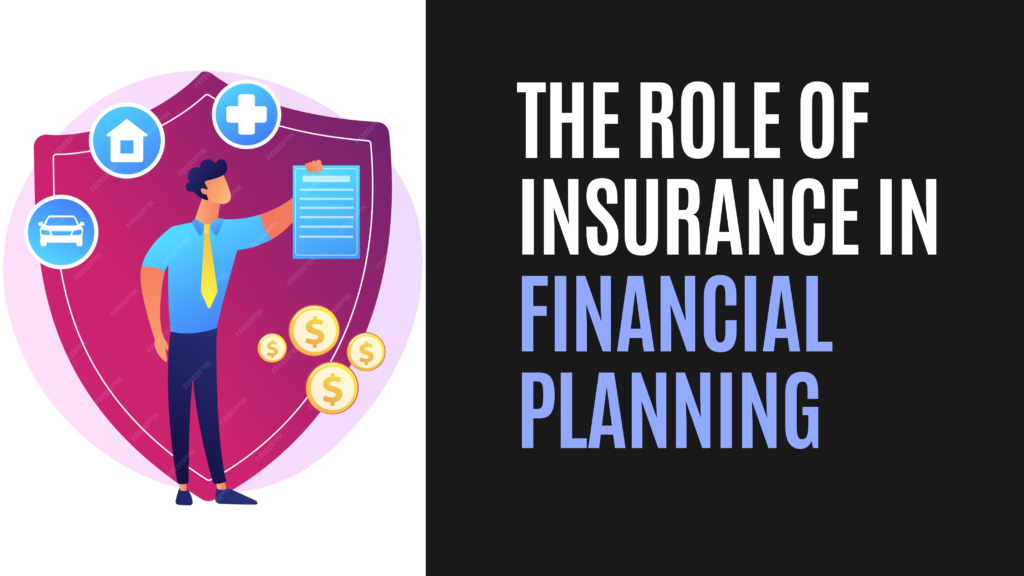The Greatest Guide To Pacific Prime
The Greatest Guide To Pacific Prime
Blog Article
The smart Trick of Pacific Prime That Nobody is Discussing
Table of ContentsThe smart Trick of Pacific Prime That Nobody is DiscussingThe Pacific Prime PDFs9 Simple Techniques For Pacific PrimeFacts About Pacific Prime RevealedNot known Factual Statements About Pacific Prime

This is due to the fact that the data were gathered for a period of strong economic efficiency. Of the estimated 42 million people who were uninsured, all yet regarding 420,000 (concerning 1 percent) were under 65 years old, the age at which most Americans become eligible for Medicare; 32 million were adults in between ages 18 and 65, around 19 percent of all adults in this age group; and 10 million were youngsters under 18 years of age, concerning 13.9 percent of all kids (Mills, 2000).
These price quotes of the number of individuals without insurance are generated from the yearly March Supplement to the Present Population Survey (CPS), carried out by the Demographics Bureau. Unless otherwise noted, national quotes of people without medical insurance and percentages of the populace with various kinds of protection are based upon the CPS, one of the most extensively made use of source of estimates of insurance policy protection and uninsurance prices.
Some Ideas on Pacific Prime You Need To Know

Still, the CPS is specifically helpful since it creates annual estimates relatively rapidly, reporting the previous year's insurance policy protection approximates each September, and since it is the basis for a consistent set of quotes for more than two decades, allowing for evaluation of fads in insurance coverage in time. For these factors, in addition to the considerable use of the CPS in other research studies of insurance policy coverage that exist in this report, we count on CPS price quotes, with restrictions kept in mind.

The price quote of the number of without insurance people increases when a population's insurance coverage standing is tracked for a number of years. Over a three-year period starting early in 1993, 72 million people, 29 percent of the united state populace, were without insurance coverage for at the very least one month. Within a single year (1994 ), 53 million people experienced a minimum of a month without coverage (Bennefield, 1998a)
6 out of every ten without insurance grownups are themselves used. Functioning does improve the probability that one and one's family members will have insurance coverage, it is not an assurance. Also members of families with two permanent breadwinner have practically a one-in-ten chance of being uninsured (9.1 percent uninsured price) (Hoffman and Pohl, 2000).
The Ultimate Guide To Pacific Prime
New immigrants make up a substantial proportion of people without health insurance coverage. One analysis has actually associated a significant part of the current growth in the size of the U.S. uninsured populace to immigrants that arrived in the country between 1994 and 1998 (Camarota and Edwards, 2000). Recent immigrants (those who concerned the United States within the previous four years) do have a high rate of being without insurance (46 percent), however they and their children account for simply 6 percent of those without insurance nationally (Holahan et al., 2001).
The connection between medical insurance and access to care is well developed, as recorded later on in this chapter. The relationship in between wellness insurance and wellness outcomes is neither direct neither simple, a comprehensive professional and health services study literary works links health insurance policy protection to enhanced access to care, far better top quality, and improved personal and populace health and wellness condition.
Degrees of evaluation for taking a look at the impacts of uninsurance. This conversation of medical insurance protection concentrates mainly on the U.S. population under official site age 65 because basically all Americans 65 and older have Medicare or various other public coverage. It focuses specifically on those without any kind of health insurance policy for any size of time.
The 6-Minute Rule for Pacific Prime
The problems encountered by the underinsured are in some aspects comparable to those encountered by the without insurance, although they are normally much less serious. Health and wellness insurance policy, however, is neither required nor adequate to gain access to clinical solutions. The independent and straight impact of health insurance policy coverage on accessibility to wellness solutions is well developed.
Others will certainly acquire the health and wellness care they need also without medical insurance, by paying for it expense or seeking it from companies who supply care complimentary or at very subsidized rates. For still others, medical insurance alone does not make certain invoice of treatment as a result of other nonfinancial barriers, such as a lack of healthcare companies in their area, minimal access to transport, illiteracy, or etymological and social distinctions.
The Facts About Pacific Prime Uncovered
Official research regarding uninsured populaces in the USA dates to the late 1920s and early 1930s when the Committee on the Expense of Treatment generated a collection of records concerning funding physician office gos to and hospital stays. This problem ended up being prominent as the numbers of clinically indigent climbed up throughout the Great Depression.
Report this page